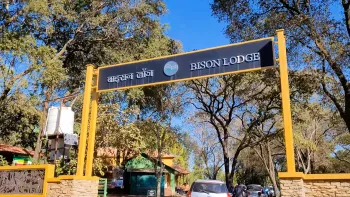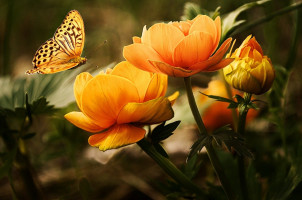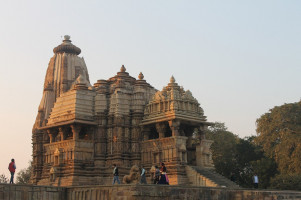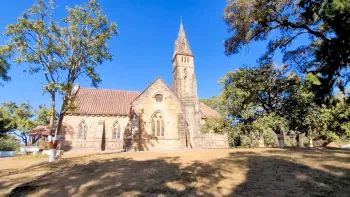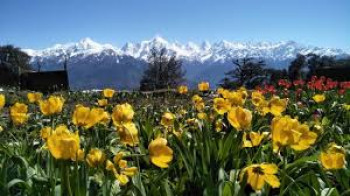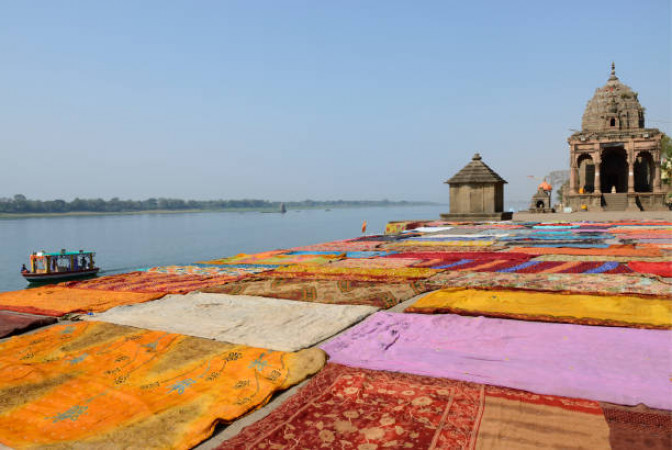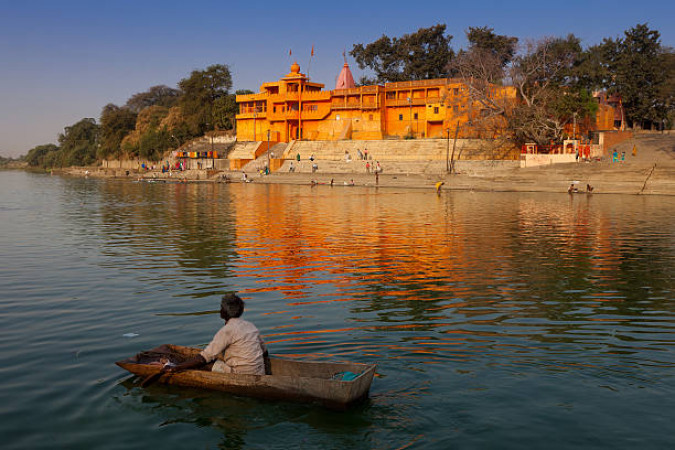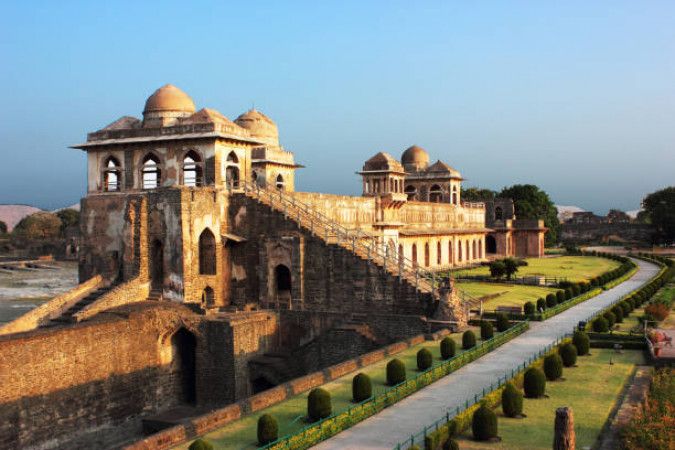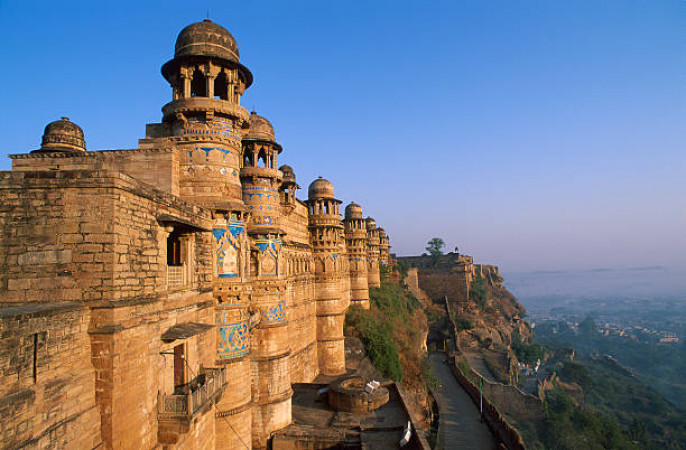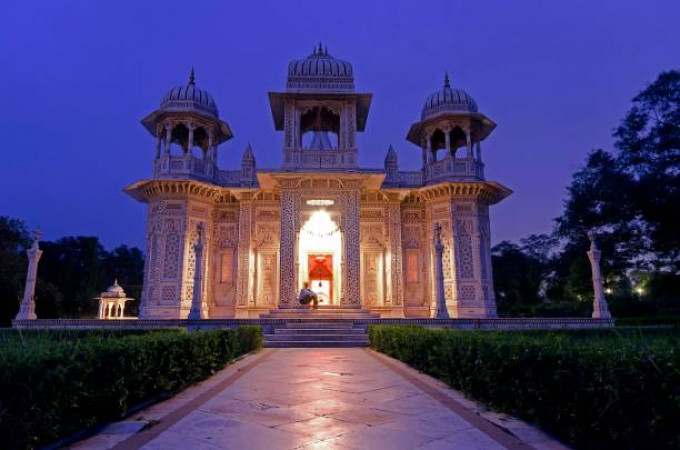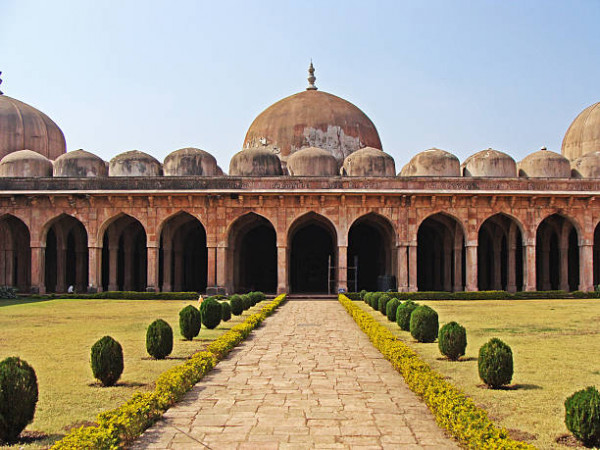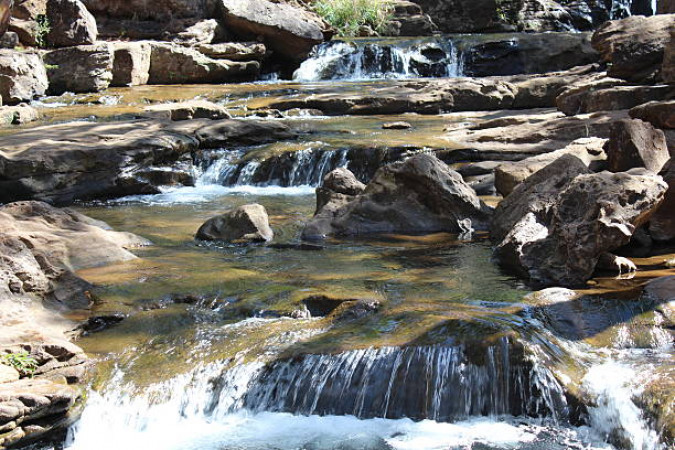
Pachmarhi
Package
15000 to 25000
15000 to 25000
Duration
3 to 5 Days
3 to 5 Days
Best time to visit
Oct-Jun
Oct-Jun
Theme
Hill Station, Adventure, Wildlife
Hill Station, Adventure, Wildlife
Pachmarhi Travel Guide
Pachmarhi, a serene hill station located in the heart of India, is nestled in the Satpura Range of Madhya Pradesh. Known as the "Queen of Satpura," this picturesque destination is famous for its lush forests, cascading waterfalls, and ancient caves. With a rich historical significance dating back to the British Raj era, Pachmarhi offers a perfect blend of natural beauty and cultural heritage.Top Attractions in Pachmarhi
1. Bee Fall 2. Jata Shankar Caves 3. Dhoopgarh 4. Pandav Caves 5. Handi KhohPachmarhi is Famous for
Its stunning waterfalls and ancient rock shelters.Top Attractions in Pachmarhi
- Bee Fall - Jata Shankar Caves - Dhoopgarh - Pandav Caves - Handi KhohWhat's Great about Travelling to Pachmarhi?
- Tranquil and scenic environment - Perfect for nature lovers and adventure enthusiasts - Abundance of trekking trails and wildlife spotting opportunitiesWhat's Not So Great about Travelling to Pachmarhi?
- Limited connectivity and transportation options - Limited nightlife and shopping opportunities - May not be suitable for travelers seeking a bustling city experienceTravel Tips for Pachmarhi
- Carry sufficient cash as ATMs may not be readily available - Dress modestly while visiting religious sites - Be cautious while trekking in the hilly terrainImportant Pachmarhi trip information
- Ideal Duration: 3-4 days to explore the main attractions.
- Best Time to Visit: October to June for pleasant weather and clear skies.
- Nearby Airports and Railway Stations: The nearest airport is in Bhopal, around 195 km away, and Pipariya is the nearest railway station, approximately 47 km from Pachmarhi.
Top 8 Places to visit in Pachmarhi
Per Person
18,500
*EXCLUDING APPLICABLE TAXES 5.0 Ratings
( 445 Reviews )
( 445 Reviews )
Per Person
11,176
*EXCLUDING APPLICABLE TAXES 5.0 Ratings
( 393 Reviews )
( 393 Reviews )
Per Person
15,435
*EXCLUDING APPLICABLE TAXES 5.0 Ratings
( 393 Reviews )
( 393 Reviews )
Per Person
7,500
*EXCLUDING APPLICABLE TAXES 5.0 Ratings
( 445 Reviews )
( 445 Reviews )
Per Person
18,248
*EXCLUDING APPLICABLE TAXES 5.0 Ratings
( 393 Reviews )
( 393 Reviews )
Per Person
32,025
*EXCLUDING APPLICABLE TAXES 5.0 Ratings
( 393 Reviews )
( 393 Reviews )
FAQ's on Pachmarhi
Q1: What is the best time to visit Pachmarhi?
The best time to visit Pachmarhi is from October to June when the weather is pleasant for outdoor activities and sightseeing. Avoid the monsoon season from July to September as heavy rainfall can disrupt travel plans.
Q2: Do I need a visa to travel to Pachmarhi?
Most visitors to Pachmarhi do not require a visa as it is a domestic travel destination within India. However, international travelers will need a valid Indian visa to enter the country.
Q3: What are the must-visit attractions in Pachmarhi?
Pachmarhi offers stunning attractions such as Bee Fall, Dhupgarh, Jata Shankar Caves, Pandav Caves, and the beautiful viewpoints like Sunset Point and Forsyth Point.
Q4: Is Pachmarhi a safe place to travel?
Pachmarhi is generally safe for tourists. However, it is advisable to avoid isolated areas at night and take necessary precautions against pickpocketing in crowded places.
Q5: What is the local currency in Pachmarhi and can I use credit cards?
The local currency in Pachmarhi is the Indian Rupee (INR). While credit cards are accepted at some hotels and larger establishments, it's recommended to carry cash for smaller purchases. ATMs are available in the town.
Q6: What is the local cuisine like in Pachmarhi?
Pachmarhi offers a variety of local dishes that include Poha, Bhutte ki Kees, Dal Bafla, and more. Don't miss trying the delicious street food and traditional sweets.
Q7: What transportation options are available in Pachmarhi?
In Pachmarhi, tourists can explore the town using local taxis, auto-rickshaws, and rented motorcycles. For longer distances, private taxis or buses are available.
Q8: Are there any cultural norms or etiquette I should be aware of when visiting Pachmarhi?
When visiting Pachmarhi, it's important to respect local customs such as covering shoulders and knees when visiting religious sites. Also, ask for permission before taking photographs of locals.
Q9: I am a travel agent. How can I buy travel leads of Pachmarhi?
Register yourself as a travel agent at agents.tripclap.com and then you can buy travel leads to Pachmarhi once your account is approved. For more details contact our support team at +91-8069186564 or support@tripclap.com
